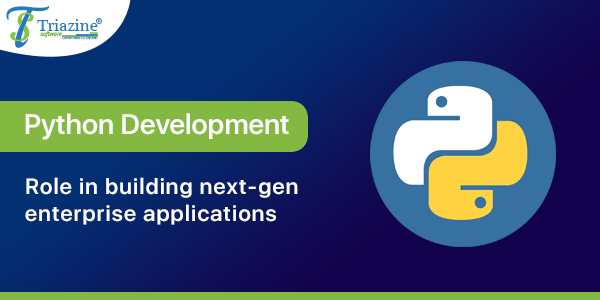The Next
Normal: The Top 10 digitization trends for enterprises in 2021 and beyond

The Next Normal: The Top 10 digitization trends for enterprises in 2021 and beyond
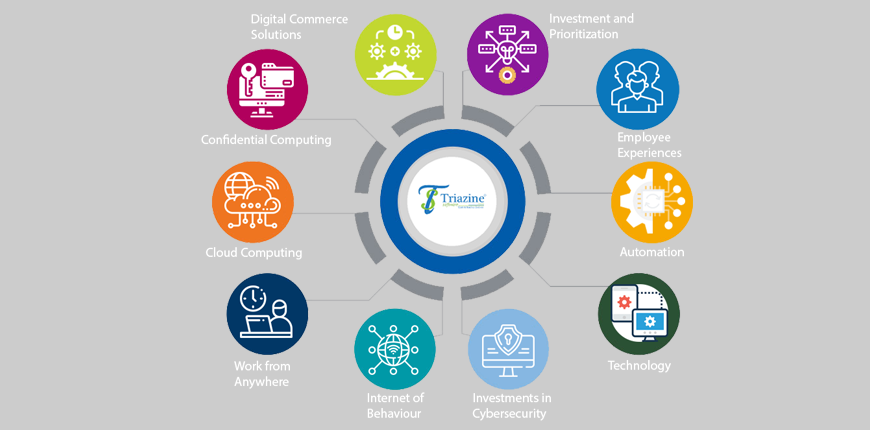
Nobody knew where 2020 and 2021 would take us. Truth be told, during the pandemic, more industries have been digitally transformed than ever before. The digital evolution that happened during the last 1.5 years amounts to over 10 years of hard work and efforts and that is market acceleration in its most tangible form. While some businesses underwent rapid digitization and benefited from the shift, others have been turned to dust and are still struggling to adapt.
Despite everything, the fight against the pandemic has not been won yet. Still, it won't be a shocker to consider that it accelerated the value proposition of digital transformation to unprecedented levels. Consumer habits have changed, markets have evolved, and enterprises are steadily pacing forward to make, whatever they can, of this newfound digital demand. Enterprises today have felt the turbulence caused by the pandemic and how impractical and futile it is to go back to the same operational means and methods. It is where the concept of New Normal and how businesses can adapt to it comes into notion. Digitization has scratched the already existing wound of legacy architecture and how it prevents an organization from achieving true transformation, and there is no going back.
To make things easy for enterprises globally, we've evaluated the market dynamics and jotted down some of the popular digitization trends to help organizations get up and get going.
Trend #1: Greater investment and prioritization of technology
There is an irreversible shift to digital operations, and enterprises and consumers are riding this wave together. Businesses have been forced to acknowledge the power of technology when incorporated into their working systems and can never go back to their usual practices. And even if they do, their competitors will surely progress forward after tasting the cost efficiency and profitable results that follow. A McKinsey report says that companies could adopt digital changes 20-25 times faster than they would have expected. Additionally, respondents working from remote locations could implement solutions 40 times faster than they would in a pre-pandemic era. What employees expected to be implemented in over a year took only 10-11 days.
All these advantages have primarily driven businesses towards operations they didn't think were possible. And there is no coming back from that. Organizations were forced to adapt to solutions before, and now they prioritize adopting this technology. Before the pandemic, businesses didn't prioritize digital transformation and capabilities, but will do so at a lightning speed.
Trend #2: Investing more in employee experiences will become a thing
With employees working from home for more than a year, companies are forced to think about employee experiences through digital capabilities. Previously, employees might have been grateful for any benefits that ensure workplace flexibility. But now, companies embrace virtual work, which means employee online experiences impact their satisfaction with their work environment.
Meanwhile, as businesses struggle to navigate the challenges of working from home since the pandemic, no one wants to deal with a high turnover that comes with low employee satisfaction and adds to the overall cost of hiring new employees. It is why you need to pay attention to creating a positive digital experience for your employees and make them feel belonged. There are great ways to connect with your employees digitally, improve interactions, and prioritize employee feedbacks into revamping your workplace into a positive work environment.
Trend #3: Increased use of automation to develop more contactless services
Customers today are on the lookout for contactless services. With cash shortages and the rise in digital payments, customers have tasted the comfort and convenience of automation and want similar experiences. The fewer the manual processes that require human handling, the easier it is for brands to create positive experiences for their customers.
That said, automation holds tremendous potential for brands and can be administered anywhere from inventory to email marketing. Several organizations have already felt the power of automation and implemented it, while the others had the pandemic changing their perspectives. Considering the reduced human labour and cost savings that automation offers, this trend will make break the long-existing stereotypes of the digital ecosystem.
Trend #4: Technology as a means to innovate and thrive
Before the pandemic, many businesses viewed technology as good to have. But with hardwired legacy systems and concurrent projects that leave no room for improvement, companies always refrained from fully adopting technology. When data can be easily analysed, and emails automatically sent when triggered, it frees the sales and marketing team to focus on other significant tasks through automation and technology. And that has made technology a must-have.
Moreover, before the pandemic, businesses saw technology as one of the top three digital priorities due to cost-saving propositions. But since the spread, companies discovered other advantages; only 10% of them still consider technology to reduce operational cost. Most businesses are now concerned with modernizing their systems, gain a competitive edge, and create a workplace culture that future-proofs their business.
Trend #5: Higher investments in cybersecurity
To no one's wonder, their world is moving towards a digitally-led ecosystem. And as we emphasize digital capabilities significantly, there is an increased threat to data security and protection. That said, cybersecurity has become an integral part of digital transformation. When businesses rely on technology and software to provide critical services to other companies or customers, they also allow cybercriminals to access secure data.
As per statistics, the average cybersecurity breach takes around 280 days to identify and contain, which means, by the time you've found it, it has already wreaked havoc on your operating systems and will cost millions of dollars to sustain.
During the pandemic, the priorities for cybersecurity also took a drastic shift. Businesses have transitioned from maintenance and support tasks to empowering their remote workforces. Cybersecurity, therefore, has quickly pivoted into work and emphasis, which is why several companies will invest more into it.
Trend #6: The growing influence of the Internet of Behaviour
As per surveys, the average person produces 2.5 quintillion bytes of data every day via their connected devices. It presents businesses with a once-in-a-lifetime opportunity to get to know their customers better. With such magnanimous information stitched together coherently, companies can use this data to indulge in personalized marketing tactics and influence customers in powerful ways. In the long run, this data helps firms attain a competitive edge and turn from naive brands into digital disruptors. For example, an AI-enabled platform can collect customer data from disparate resources and creates an invaluable snapshot of customer behaviour.
This internet of behaviour allows businesses to build more relevant relationships with their customers and address their needs pre-emptively. Customers don't like to give away data willingly without getting something valuable in return. However, with the Internet of behaviour, you can quickly address this concern and get to the bottom of customer needs and demands.
Trend #7: The rise of the 'work from anywhere' culture
Remote working has become a thing, and there is no doubt that virtual workplaces will be on the rise. Not only does it welcome more diversity and inclusion, but it allows organizations to scale up and down as per demand. It enables teams to work flexibly and efficiently, explore the right opportunities worldwide, and reduce friction in the workplace. With virtual working, companies can find talent anywhere around the world and welcome a more global workforce to their local offices.
Several companies have already declared virtual operations till 2022, and many others are rethinking their design and use of office spaces. Such digital shifts will also lead to challenges in building a dynamic company culture. Without in-person meetings and other office events that promote vision and value, employees might feel isolated or disconnected. It is why companies must be mindful of their employee engagement strategies during such settings.
Trend #8: Cloud computing to weather the pandemic stress
Cloud companies are handling the pandemic stress of a sudden spike in workloads and waves of new and inexperienced users. With more people working from home, the demand for cloud-based video conferencing and teaching solutions has skyrocketed. Microsoft reported a 775% spike in its cloud services demand since the pandemic. As cloud technology offers some of the best advantages to businesses and users, it will likely experience a surge in implementation across all types of apps.
Several cloud providers are actively upgrading their functions and resources to meet this newfound interest. Moving forward, enterprises and educational institutions are likely to continue with this trend making excessive use of technology. In such cases, for the cloud, the sky is the limit.
Trend #9: Privacy and confidential computing will gain momentum
Another way to notch up cybersecurity, especially when addressing communications and data privacy, is via confidential computing. The central architecture of such computing is to encrypt the entire computing process, not just the data, creating additional security layers around private information to make it difficult for cybercriminals to access and steal. Trillion-dollar companies like Google, Microsoft, VMware, IBM, and Alibaba are developing new protocols and best practices as per the Confidential Computing Consortium. Although the tech around here is still in its infancy, confidential computing will become a thing in the years to come.
Trend #10: Headless technology will reshape digital commerce solutions
Before you start wondering what headless commerce means, it is a setup with a separate frontend and backend only communicating via APIs. As frontend and backend are disengaged, it gives eCommerce development agencies the complete freedom to design and develop a frontend in any way they want. Since APIs communicate messages to-and-fro the frontend and the backend, it leads to rapid digital transformation.
As customers' need for online shopping is insatiable and dynamic, 86% of businesses say their customer acquisition costs have increased in 24 months. It means two things for organizations: first, they need to maximize the ROI of their customer acquisition costs, and second, focus on customer retention more than customer acquisition. With a headless solution, you get to give your customers an omnichannel experience, from warehousing to delivery. It makes shopping online more efficient and more streamlined for their customers and accelerates digital adoption.
Conclusion
Technology has always been the saviour of manmade solutions. Even today, technology offers businesses incredible potential to engage with customers worldwide and pace towards the uncertain future.
Prior to the pandemic, many organizations were beginning to see the potential that technology has to offer. However, with the crisis making in-person meetings and work from the office limited or negligible, companies have no other option than to dive deep into the digital transformation wave and ride it efficiently. The pandemic has already created an atmosphere that encourages innovation and technological adoption; all it is left is for enterprises to understand these capabilities, turn them into opportunities, and achieve complete transformation. That's the only way enterprises can get in their customers' good books and become market relevant.
Featured Articles
Latest Articles

How to Build Effective and Scalable Web Applications – The Best Practices
A big part of any web application development is its capacity to scale in the later growth stages. Irrespective of the p .. Read More
By | Oct 22, 2021
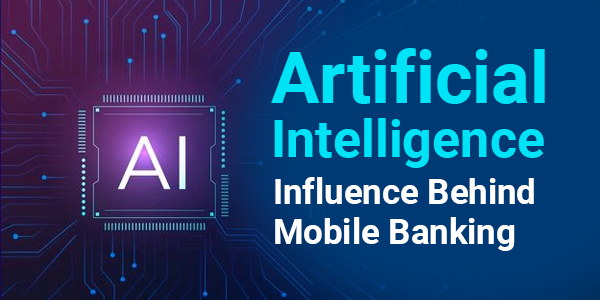
How Artificial Intelligence in Mobile Banking is a Game-Changer?
Let’s start this discussion with a simple question, how many of you still stand in queues outside banks just to get ge .. Read More
By | Oct 14, 2021

Utility mobile application development role in the digital transformation
What is utility mobile application development and why it matters?At this point, mobile applications have become an inal .. Read More
By | Oct 11, 2021

How to build a successful and agile offshore development team?
As a global trend, outsourced software development holds a market size of $92.5 billion, and a significant chunk of .. Read More
By | Sep 30, 2021

What is VAPT and does your organization need it?
What is VAPT and does your organization need it? To no one's wonder, there is a flood of applications and softwar .. Read More
By | Sep 08, 2021
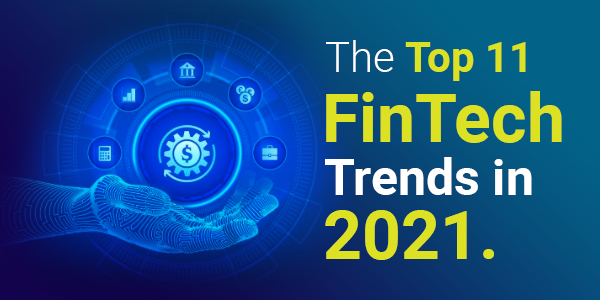
The top 11 FinTech trends to achieve digital transformation
The top 11 FinTech trends to achieve digital transformation Similar to other industrial verticals heavily impacte .. Read More
By | Sep 08, 2021
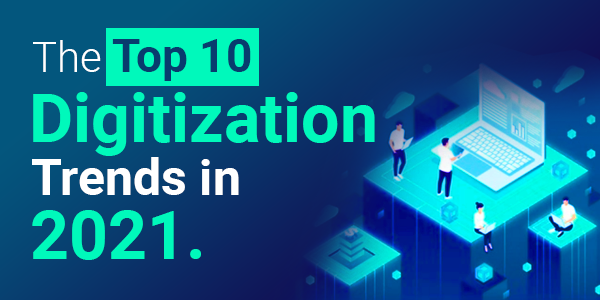
The Next Normal: The Top 10 digitization trends for enterprises in 2021 and beyond
The Next Normal: The Top 10 digitization trends for enterprises in 2021 and beyond Nobody knew where 2020 and 202 .. Read More
By Monu Kumar | Sep 07, 2021
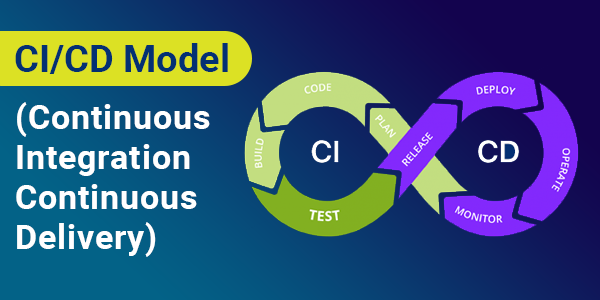
CI/CD Model: what and why it matters in software development
CI/CD Model: what and why it matters in software development There was a time when software development wa .. Read More
By | Jun 08, 2021

What Is Legacy Migration and Why to Consider It
What Is Legacy Migration and Why to Consider It? Software technologies and applications are on the road to an ine .. Read More
By Monu Kumar | May 25, 2021

What Makes CMMI Appraisal Necessary for Software Development Companies ?
What Makes CMMI Appraisal Necessary for Software Development Companies? During software development, your product .. Read More
By | May 10, 2021
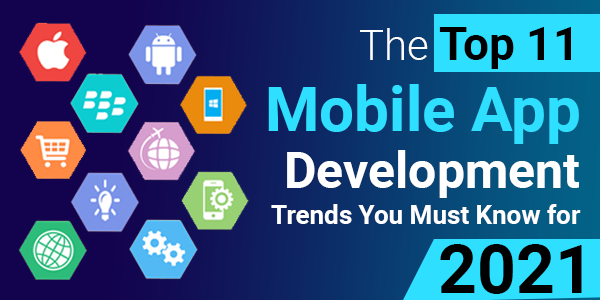
The Top 11 Mobile App Development Trends You Must Know for 2021
The Top 11 Mobile App Development Trends You Must Know for 2021 We all have so many expectations from 2021, don� .. Read More
By | May 04, 2021

2- Why to choose react native for mobile app development project?
React Native for mobile app development: Is it the right choice? For the 21st century, mobile phones are like sou .. Read More
By | May 04, 2021

How Digital Transformation Impacts Software Development Services
Digital Transformation and its impact on Software Development Lifecycle Today's industrial landscape ta .. Read More
By Monu Kumar | May 03, 2021

What is the right price for developing a mobile app?
What is the price to develop an iPhone app? Or rather, how much does mobile app development cost? Well, Kudos to you bec .. Read More
By Monu Kumar | Apr 07, 2021

Should I use Flutter for my next Mobile App Development project?
So, what was the mobile app development story before Flutter? Let's consider mobile application develo .. Read More
By Monu Kumar | Mar 17, 2021

Is there any right pricing strategy for mobile app development?
No phrase can appropriately describe the accelerating mobile app development market! Definitely, it is on a consistent b .. Read More
By | Feb 22, 2021

Mobile App Development: Freelancer or a Software Development Company
So, you’ve decided to build software, and now you’re faced with the debatable and inevitable question: software dev .. Read More
By Monu Kumar | Jan 21, 2021

Hybrid Mobile App Vs. Native Mobile App… Am I Making A Right Choice?
This seems to be a million-dollar question when it comes for making a choice between hybrid mobile app or native mobile .. Read More
By | Jan 11, 2021

5 trends that will be influencing mobile app development in 2019
We live in a smartphone-driven world and mobile apps are now an integral part of our lives. From day-to-day commute to g .. Read More
By | Jun 11, 2019
